Welcome to the Quarantine Creatives newsletter, a companion to my podcast of the same name, which explores creativity, art, and big ideas as we continue to live through this pandemic.
If you like what you’re reading, you can subscribe for free to have this newsletter delivered to your inbox on Wednesdays and Sundays:
I recently connected with Jonathan Berk, Vice President at Patronicity to discuss how we bring vitality back to some of our urban spaces. Patronicity helps both small towns and large cities raise funds to improve the urban landscape, with a focus on placemaking and creating vibrant spaces.
In Jonathan’s experience, there are certain building blocks that help make a community whole, which he summarized in an email to me. Here are his thoughts on what the most critical elements are, edited for space and clarity:
“Housing: A diverse array of housing options, single family and multi-family with a mix of market rate and affordable housing. This not only contributes to a strong and diverse population but also provides stability for existing residents who experience sudden life events like divorce, bankruptcy, or sudden health issues but want to remain in their community.
Small Businesses: A strong ecosystem of local businesses building local wealth. Small businesses contribute more back into local economies than national chains. They also provide strong ‘third spaces’ or spaces beyond your home or work where people can gather and feel like a part of their community.
Mobility: Ensuring residents have safe options to get around town that aren't just by car. Safe, bikeable streets while also providing access to some sort of public transit (bus or rail). Walkability seems obvious but is often overlooked and it's much more than just providing sidewalks.
Public Space: Ensuring you have well maintained, vibrant and active public spaces with a diversity of uses within them. These can come in the form of traditional parks, active plazas, open streets, parklets, and even active sidewalks.
PEOPLE: Without the people, what is a community? All of the above talks about the habitat that we hope can foster good communities for people but without a diverse population of backgrounds, viewpoints and perspectives from an engaged population, there is no ‘strong community.’"
These building blocks of community were on my mind when I recently visited Laconia, New Hampshire.
Laconia is officially a city of about 16,000 people, but the downtown has a small town feel. It sits on the land mass between Lake Winnisquam and Lake Winnipesaukee. The downtown is walkable and feels “lived in,” with shops at the ground level of Main Street and either office space or residential apartments above. The streets are easy to navigate on foot, by bike, or in a car. The same functions are here that exist in much larger cities, just at a different scale.
I often quote this thesis from Addison Del Mastro’s The Deleted Scenes, and I think it’s especially relevant in the case of Laconia:
“The difference between what we call a ‘city,’ a ‘town,’ or a ‘village’ is entirely of degree, not of kind.”
Laconia is popular with tourists, who visit for summer recreation on the lakes. It also hosts Laconia Motorcycle Week in June, which is considered the world’s oldest motorcycle rally (turning 100 next year).
We made our first visit to Laconia last weekend for the New Hampshire Pumpkin Festival, which included carved pumpkins on display, an outdoor craft fair, carnival activities, food trucks, live music, and even a visit from the Oscar Mayer Weinermobile!
I really enjoyed our visit to Laconia and wanted to reflect on how some of the structural elements that Jonathan mentioned above make it a city that seems to “work.”
To start, I want to look at the layout of the downtown. Here it is from above:
If you read my piece from last month My Own Main Street USA, where I compared my childhood hometown of Willoughby, Ohio to Disneyland’s Main Street USA, Laconia’s downtown may look familiar.
Both Willoughby and Disneyland’s Main Streets run nearly perfectly north to south. Laconia’s is slightly off that axis, but it is darn close. I’m not sure if this is just a quirk that I’ve now seen three times or if there’s a practical or design rationale, but it stands out to me. In all three cases, the commercial core is roughly two blocks long, although Laconia’s Main Street gets bisected at diagonal angles.
At the north end of Main Street is a train station, built in the Richardsonian Romanesque style in 1879. At one time, the tracks behind the depot connected Laconia to Boston to the south and to Montreal to the north. These days, the tracks are used by a rail bike company, which operates pedal train cars out of the depot building during the summer months.
When we visited Laconia, we parked near the train station and I snapped this photo as we were crossing the tracks to enter the downtown. I couldn’t help but think of passing under the train station at the entrance to Disneyland to enter Main Street USA and how train stations used to function as the port of entry to countless similar cities across the country. Willoughby once had a passenger rail depot just north of downtown too.
After crossing the tracks and walking along a small park, we found ourselves at the intersection of Main Street and Church Street.
The crossing signal was made for the visually impaired, with a clearly spoken “wait” announced every few seconds after we pushed the button to request to cross. When the traffic lights changed the same voice also gave clear direction, something to the effect of “Walk light is on to cross Main Street.” This was helpful to us as the angle of the sun at that particular moment made viewing the walk light very challenging.
Accessible design is often referred to as “universal design” because it can help everybody, not just those with specific needs. The combination of a lighted and spoken cue made me feel confident that it was safe to cross and was an appreciated attention to detail.
We spent some time walking around the festival, shopping at the craft fair and exploring the town a bit. My eye was drawn to this ice cream vendor, selling out of a renovated city bus. It was unique when compared to the other food trucks.
I looked it up afterwards and Chubba Wubba’s Ice Cream specializes in homemade ice cream and smoothies. It’s a family business run by the Shirl Ross and William Shaheen. They use a decommissioned bus from Manchester, New Hampshire as their shop and travel around to festivals and other events.
I’m always a fan of food trucks, but even more so when they make creative reuse of an existing vehicle. In this case, the window for placing orders was the emergency exit window, held open with some pulleys and rope. Both the homemade ice cream and homemade truck were delightful!
As we wandered around town, we also came upon Belknap Mill. Dating to 1823, it is considered the oldest largely unaltered brick textile mill in the country. At one time, hydropower from Jewett Brook was harnessed to power the mill where socks and other hosiery was produced.
The mill building had been renovated inside and now includes artist studios, performance space, and great exhibits about the history of the mill itself.
Several antique knitting machines are on display. I’ve always sort of known that clothing comes from thread, but I couldn’t explain to you how. It wasn’t until actually seeing spools of thread loaded on these machines (one of which we were encouraged to try) and watching how little tines control which thread goes where that I really understood where clothing comes from! This is especially relevant as I embark on a year of not buying new clothes, inspired by this recent newsletter issue.
Part of the joy of an urban streetscape is that it’s easy to get pulled into new experiences. I hadn’t planned for a history lesson about mills or textiles, and had this museum been located in a suburban setting requiring a dedicated car trip to visit, I likely never would have gone. But because it was in the middle of a city where I happened to be, and there was almost no friction to enter (it was right next to the pumpkin festival, admission was free, and tours were self-guided), I was enriched in an unexpected way.
The mill building also housed a rotating gallery space where we encountered beautiful black and white portraits made by local photographer Ian Raymond.
Ian came up as the apprentice of an old time photographer in Laconia who happened to have an antique camera that dates to the 1920s in the basement of his shop. It was occasionally used for duplication work, and Ian had been trained on its use. When the photographer passed away, Ian realized he may be one of the only people in the area that had any idea how to use the old camera. He asked the estate if he might have it and they agreed.
The camera is massive! It’s made of wood and sits on a wheeled steel base. The camera accepts either 5”x7” or 8”x10” sheet film. Focus is controlled by moving the entire camera back and forth on the base and locking it into a track using a set of wooden handles. The shutter is released by pressing an air bulb, and the shutter speed is determined by how long and hard that air bulb is pressed. Ian uses it to take artistic black and white portraits that are just stunning. He said his subjects need to sit perfectly still for 15-20 seconds to get a proper exposure.
My grandfather was a professional photographer, learning his trade in the Navy in the 1950s. As I listened to Ian, I wondered if my grandfather had ever used a camera like this or if they were already passé by the time he was training. It was also interesting to see so many of the camera functions that I’m familiar with extrapolated out into their most basic form here. It made me understand the principles behind photography in a much more practical way.
After we finished in the area of the pumpkin festival, we walked up Main Street to head back to our car. While most of the buildings dated from the late-nineteenth and early-twentieth century, there was a new building from probably the 1970s or 1980s that currently houses a Family Dollar. I was a little sad to see a national chain amid a sea of local businesses, but I moved on.
We stopped into the Laconia Antiques Center, a large store made up of individual booths from many different antique vendors. There are still signs on the building for Bloom’s Variety, which closed in 2008. Bloom’s operated in that space for decades and was a local source for everything from stationary to Christmas decorations.

Quoting from an article when Bloom’s closed, Warren Clement, another Main Street business owner, cites the importance of a strong anchor store to the downtown community:
“I would venture to guess that Bloom’s does more individual transactions on a daily basis than 90-percent of all of the downtown stores. From my point of view, Bloom’s provides the footsteps that the rest of us who do business here desperately need.”
But Bloom’s was not always Bloom’s. It once was J.J. Newberry, a five and dime store that was founded in Pennsylvania in 1911 and had almost 500 stores at its peak. It was a rival to other discount chains like S.S. Kresge (the predecessor to K-Mart) and F.W. Woolworth’s, which also had a location on Main Street in Laconia.
Ironically, I had been bummed out by a national chain like Family Dollar ruining the character of Main Street, when dollar stores are sort of the spiritual successors to five and dimes. Perhaps Family Dollar’s place on Main Street is well deserved, or at least secure in historical precedent.
The antique store now occupying that space still maintains the original soda fountain that was a part of Newberry’s and Bloom’s (although I was told that it was cut in half at some point in history for unknown reasons).
The mezzanine of the shop is also taken up by a massive working model train display!
The sun had set and it was time to be heading home, but there was still so much more to see. We passed the local Wayfarer coffee shop and the lit marquee for the Colonial Theatre. The theatre reopened last year after sitting vacant for a decade and undergoing a massive renovation.
While the theatre was playing Halloween classics like Hocus Pocus and Ghostbusters on the night of the festival, we did not have time to stop inside. However, we were so charmed by our day in Laconia that we decided to purchase tickets to see an upcoming performance of The Nutcracker at the Colonial being put on by Safe Haven Ballet, a dance company that provides free classes to survivors of sexual violence and trauma. We are excited to see the inside of the theatre and to see what downtown looks like during the holidays.
While exploring Downtown Laconia, I was struck with how the design of the street and the quirkiness of a place built organically over time can really encourage spontaneity and surprise. Could the festival that we attended have happened in a shopping center parking lot? Possibly, although so many of our favorite parts of the day had nothing to do with the festival itself, but simply with discovering the local businesses and attractions.
As we got in the car for our 90 minute drive back to Massachusetts, I became a little wistful. I was fortunate enough to grow up in a neighborhood like Laconia with a very similar downtown that also hosted seasonal events. One of the highlights of my childhood to be able to walk or ride a bike to these activities.
For so many people now (of all ages), partaking in the local culture requires a car and often interacting with a national chain of some kind, whether a restaurant or retailer.
To Addison Del Mastro’s point about villages, towns, and cities, many of our hometowns already have this infrastructure in place. There abandoned and underutilized Main Streets all over this country, waiting for local investment that can kickstart a community. It takes entrepreneurs willing to start unique businesses and a local consumer base that is willing to support these small businesses rather than opting to hit the “Buy Now” button for every needed item.
Laconia isn’t a perfect place, but it did show me what can happen when most of the pieces Jonathan Berk described at the top of this essay come together and create a true community.
What do you think it takes to build community? What are some of your small town memories? Are there places like Laconia near you that I should know about? Drop a comment to share your thoughts.
Related Reading
If you’d like to catch up on past episodes of the Quarantine Creatives podcast, they can be found on Apple Podcasts, Spotify, or wherever you listen.
If you’ve missed past issues of this newsletter, they are available to read here.
Stay Safe!
Heath





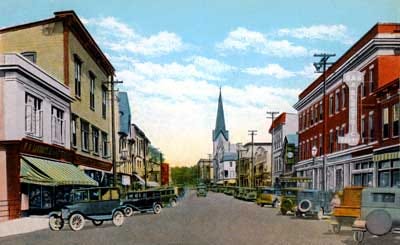


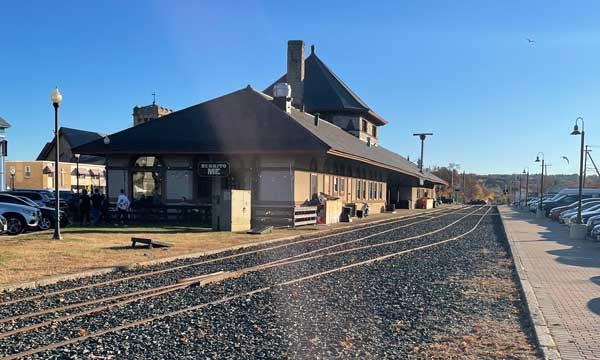
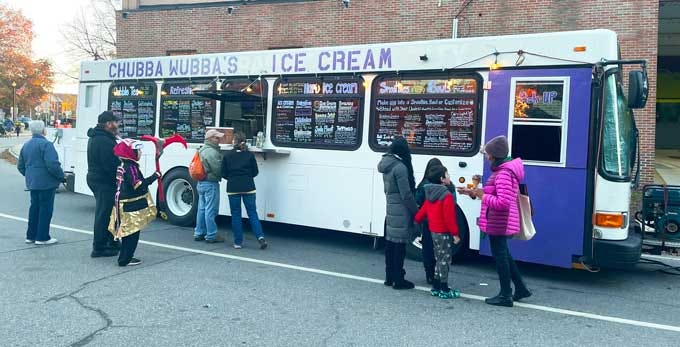

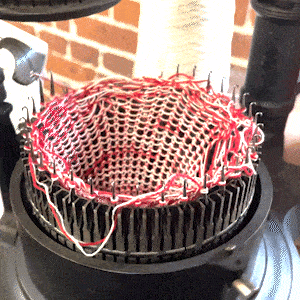

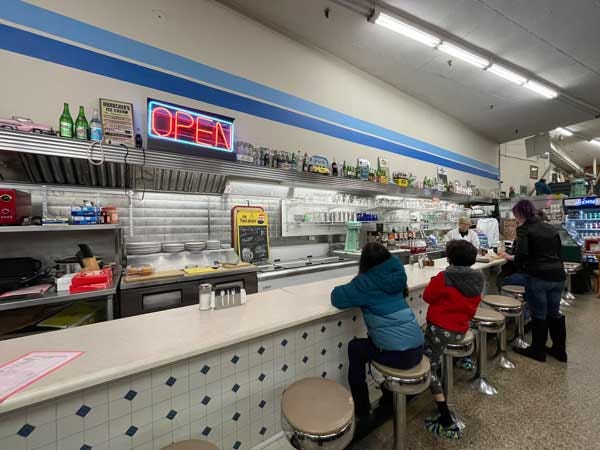
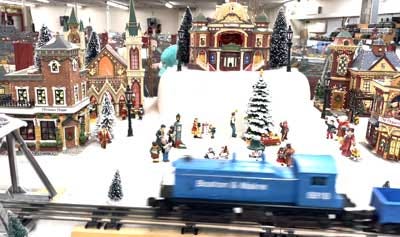

I'm so happy to see Laconia thriving! Sure, it's in a great location between the two lakes, but that could've easily been destroyed by over-commercialization. Living in Vermont, I decided to return to many other places in New Hampshire I went to as a kid and later as a young adult. West Lebanon, Claremont, even North Conway, are all suffering; barely anything to do and see, and what is left is overpriced and not worth the price of admission. At least one place I remember is still great as ever; my family and I used to stay at a friend's condo in Tilton, and we went to Laconia when we stayed there. Thanks to this, now I want to go back to Laconia and Tilton again!